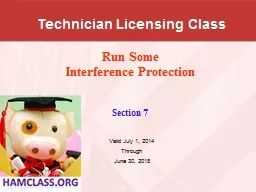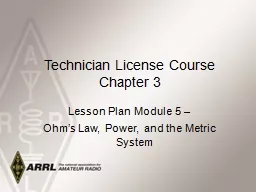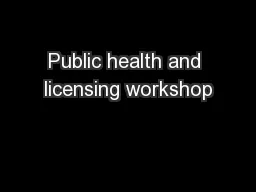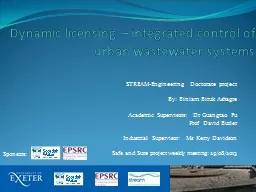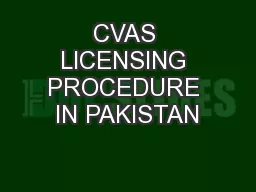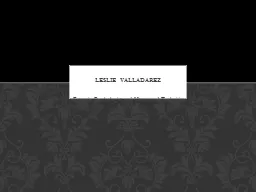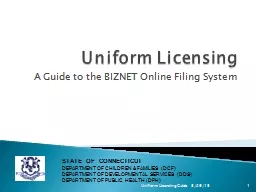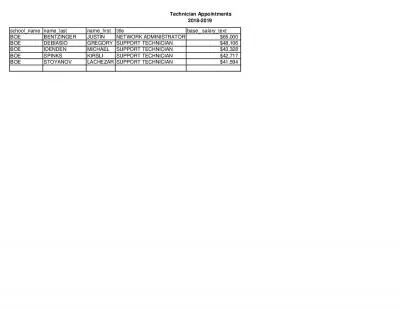PPT-Technician Licensing Class
Author : ellena-manuel | Published Date : 2018-10-29
Run Some Interference Protection Section 7 Valid July 1 2014 Through June 30 2018 Run Some Interference Protection T7B10 If you receive a report that your audio
Presentation Embed Code
Download Presentation
Download Presentation The PPT/PDF document "Technician Licensing Class" is the property of its rightful owner. Permission is granted to download and print the materials on this website for personal, non-commercial use only, and to display it on your personal computer provided you do not modify the materials and that you retain all copyright notices contained in the materials. By downloading content from our website, you accept the terms of this agreement.
Technician Licensing Class: Transcript
Download Rules Of Document
"Technician Licensing Class"The content belongs to its owner. You may download and print it for personal use, without modification, and keep all copyright notices. By downloading, you agree to these terms.
Related Documents

